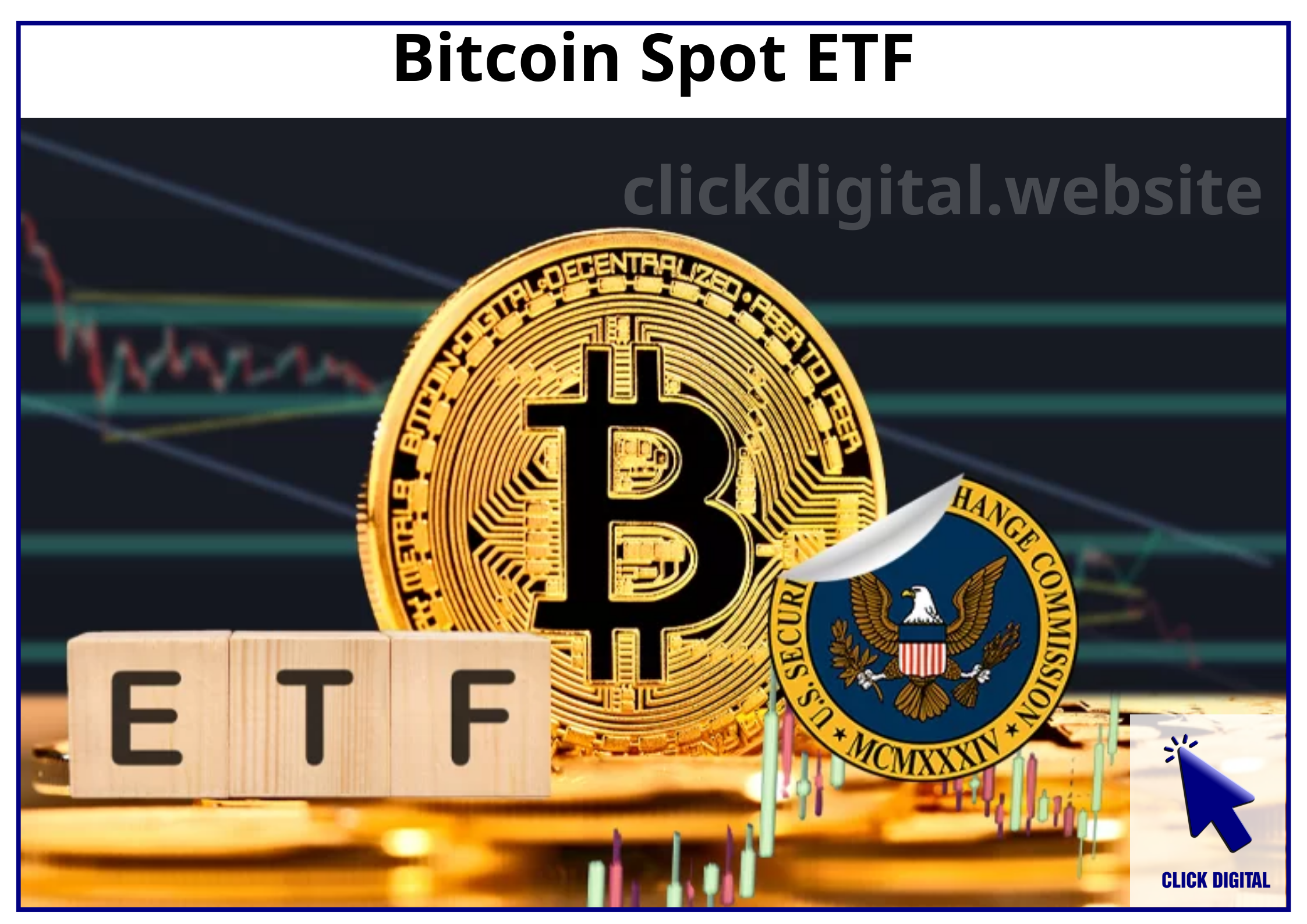Key Takeaways:
- The Grayscale Bitcoin Trust has experienced massive outflows, well beyond that of other Bitcoin ETFs.
- The most successful Bitcoin ETF happens to be BlackRock’s iShares Bitcoin Trust-IBIT, which is hugely in demand.
- Irrespective of challenges with GBTC, the overall inflows into the Bitcoin ETF market look great and indicative of Bitcoin’s sustained appeal.
The report delves into the “battle” of the fund flows into Bitcoin ETFs in the United States, focusing on striking contrasts presented by Grayscale Bitcoin Trust (GBTC) and its competitors. Where GBTC continues to post heavy outflows, competitors are gaining billions of dollar investments. Let’s dive into what is happening, the numbers, and the implications in the crypto market.
The U.S. Bitcoin ETF market is a dramatic “race” for capital. Most of the freshly launched Bitcoin ETFs are increasing their lead by pulling billions of dollars, while the Grayscale Bitcoin Trust-GBTC-is bleeding at an alarming rate.
Table of Contents
Nightmare for Grayscale Bitcoin Trust ETF: Huge Outflows
Since the conversion of the Grayscale Bitcoin Trust into a spot ETF on January 11, 2024, it has been bleeding relentlessly, with outflows reaching $21.045 billion as of December 16. Shockingly, GBTC is the only spot Bitcoin ETF in the United States that has recorded negative net inflows, meaning more money is being pulled out than put in. During the past 11 months, GBTC has lost an average of about $89.9 million per day.
Inflow/Outflow Comparative Table for GBTC and Other Bitcoin ETFs (As of December 16, 2024)
Inflow/Outflow Comparative Table for GBTC and Other Bitcoin ETFs. Source: Farside Investors
These are eye-popping figures, putting in perspective how bad the GBTC outflows have been: it’s not just a hefty amount but an amount large enough to dwarf the total inflows into the nine newly approved spot Bitcoin ETFs launched simultaneously.
It’s tough to make up for such losses with the red ink, even by combining the investments coming from those nine ETFs. This makes GBTC a concerning “dark spot” in the overall U.S. Bitcoin spot ETF market.
BlackRock’s iShares Bitcoin Trust, IBIT, Sees Heavy Inflows
While GBTC is “burning,” BlackRock’s iShares Bitcoin Trust defies the general trend. With inflows amounting to $35.883 billion, IBIT is a “driving force” that keeps pushing the Bitcoin spot ETF market forward. Since its creation, IBIT has gained an average of $153.3 million daily.
BlackRock’s iShares Bitcoin Trust, IBIT
The success of IBIT underlines something: the huge appeal of financial giant BlackRock. Investors still seem to believe in the reputation and experience of BlackRock in asset management. That underlines an important issue: not every ETF is that successful; much depends on investors’ confidence.
The Overall Bitcoin Spot ETF Market Remains Strong
Despite the woes of GBTC, the broader Bitcoin spot ETF market is growing amazingly. The total investments in such a market have crossed the $35.5-billion mark in less than a year.
This figure goes to show that Bitcoin is even more attractive to both institutional investors and retail investors. The main benefit of a spot Bitcoin ETF is that it creates not only a legitimate but largely safer way to invest with greater participation in the digital currency market.
A Similar Story for Grayscale Ethereum Trust (ETHE)
It is not just the GBTC that started having a rough time in the market. The Grayscale Ethereum Trust (ETHE) is also facing parallel challenges. Having been first launched on July 23, ETHE has come under immense pressure to shed over $3.5 billion in less than half a year.
That would suggest the issue is not about Bitcoin, per se, but rather an indictment of how Grayscale operates and administers its ETFs. Meanwhile, competing efforts in the space, like BlackRock’s iShares Ethereum Trust ETF (ETHA), for example, and the Fidelity Ethereum Fund, continue to rake in money—inflows of $3.2 billion and $1.4 billion, respectively.
Why the Exodus from GBTC and ETHE?
Why are investors abandoning GBTC and ETHE? The following factors might explain this trend:
- High Management Fees: The fees charged by GBTC are higher compared to other ETFs, which makes the investment instrument less appealing to investors.
- Liquidity Issues: Pre-conversion, when GBTC was a trust, it was not that easy to trade; hence, investors started redeeming and moving to more liquid ETFs.
- Increased Competition: With the advent of popular low-fee ETF options, that dominant market position has been lost to GBTC.
- Market Speculation: There are those who think large funds are trying to suppress the price of GBTC in order to buy Bitcoin more cheaply, but that remains speculation.
Observations Regarding the Situation
That’s a tough lesson for Grayscale. Once a pioneer in offering crypto investment products to traditional markets, Grayscale is now losing out to competitors. The crypto market is dynamic, fiercely competitive. Without innovating and constantly improving, even leading players get left behind. A good warning to fund managers: brand recognition alone is not a guarantee of success.
Investor Advice
Investors are given a good avenue to reposition their portfolios. Do not depend on one ETF only; consider management fees, liquidity, the reputation of the fund manager, and the performance of the fund. Diversification will help to reduce risks.
Conclusion
The outflow from GBTC and ETHE is not Grayscale’s problem alone but reflects the fierce competition and rapid changes in the crypto ETF market. While the market is still “hot” and full of potential, investors need to stay vigilant in order to make informed decisions.

